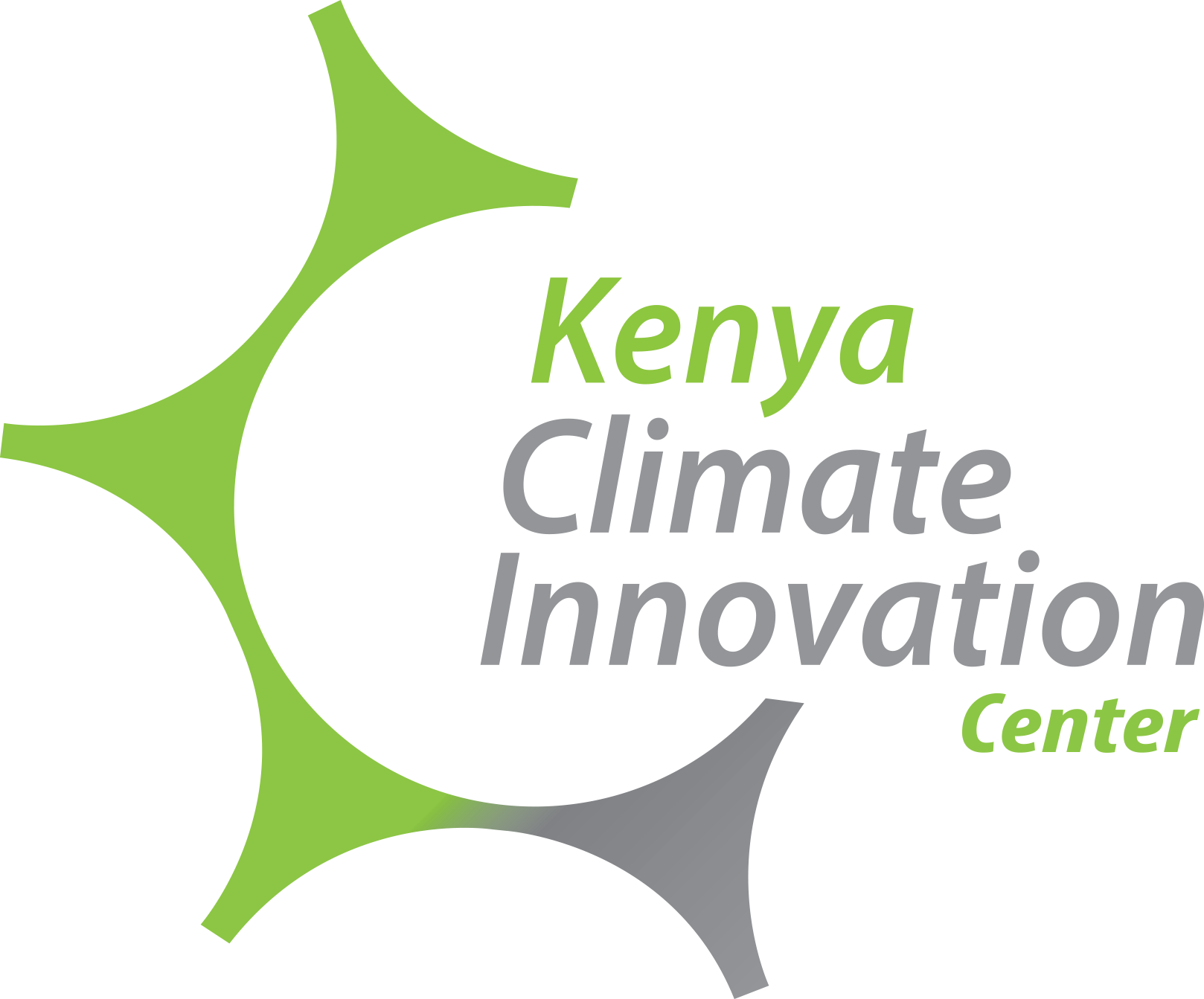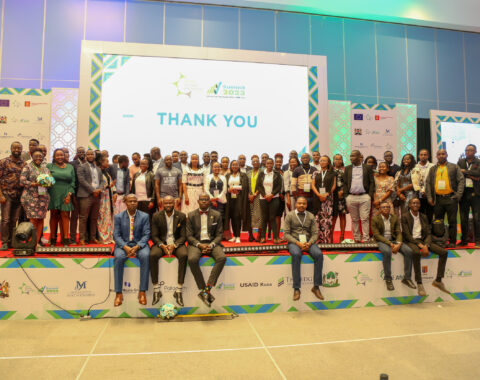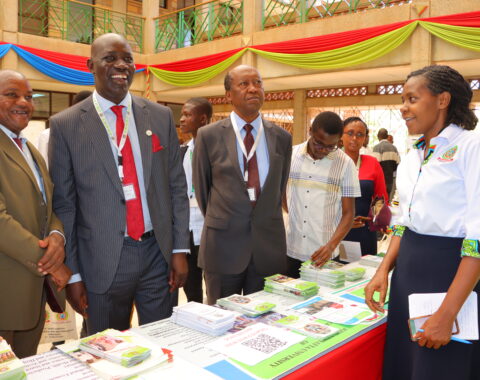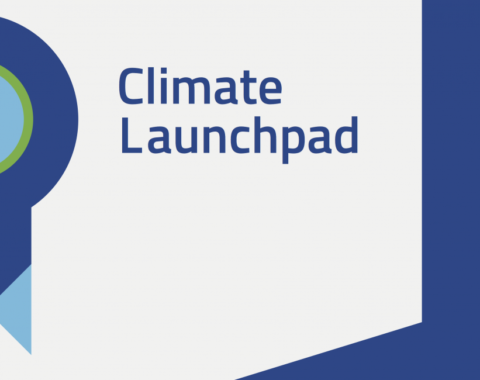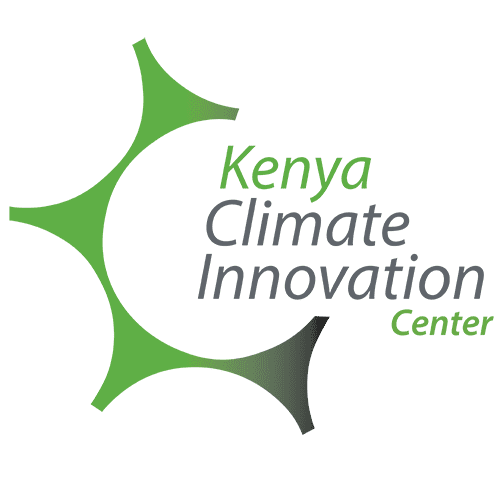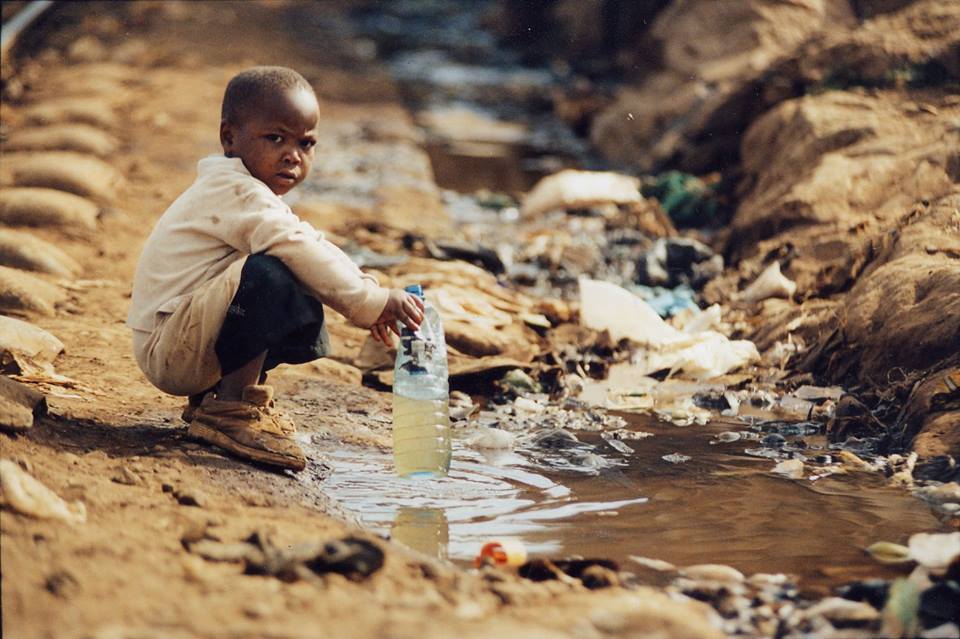
Water security in the world stands at about 40% with water also accounting for nearly 70% of natural disasters that happen in the world. Water is a basic need that both human beings and animals alike cannot do without. In 2050, it is estimated that the world will need a 60% increase in food production which in turn will mean at this point there will be an estimated 15% withdrawal of water resources. In addition, holding all factors constant by 2025, a quarter of the world’s population will live in water scarce regions.
This is especially with the understanding that water resources are scarce and unevenly distributed. Water like other natural resources is affected by extreme changes in climate patterns which have characterized the globe for the last decade. Consequently, water has continued to be scarce in the world as there has been an extreme change in climate and unpredictable weather patterns.
Taking Kenya as an example, for a long time the country has had defined weather patterns for decades which was characterized by two rainy seasons in a year. This has drastically changed. The rains have failed continuously and when there have been rains they have been excessive leading to loss of life and destruction of property which includes crops and livestock. With the changes that are evident in the globe and there being instances where there have been reports of the possibility of water running out like Cape Town in South Africa, there is need for a change and innovation in conserving the available water resources, ensuring access to water while ensuring that there are no dangers of a water crisis in the world where water runs out.
In Kenya water scarcity is not a new phenomenon especially in the rural areas and the informal settlements. There are areas which have not had tapped water, other regions have unreliable supply of water while others have very sparsely distributed sources of water. Over 70% of water suppliers in rural and peri-urban areas in Kenya are community water projects managed by communities with very limited capacity on water management.
Community water projects were born from a common understanding of the struggles that people had experienced in accessing water which then necessitated them to develop custom made solutions for them in an effort to ensure that they access water. Community water solutions have taken different forms which has include boreholes and wells, water kiosks, piping water from main water resources like rivers and dams. Community water projects have been developed depending on the water needs that the communities have and the available resources within the communities.
Although water has been viewed as a public good where the government has a responsibility to provide water to the people, it is evident that most households spends a significant amount of income in accessing water. For example in most areas in Nairobi, 20 litres of water cost between KSh20 to KSh35 depending on the region. A typical household would need not less than 60 litres of water a day for basic survival. This translates to using between KSh60 to KSh105 for water every day. On average, a household will therefore spend a minimum of KSh1,680 on water every month.
What this communicates is that there is an opportunity for the private sector to enter the water sector and provide reliable solutions to water scarcity and make profits since with or without a heavy presence of the private sector the people are paying for water. The private sector is an critical part of an economy especially in the provision of services to the people. Due to competition and the keen interest to make profits, the private sector has been seen to be keen on the quality of services they offer while at the same time ensuring efficiency and reliability of the their services.
Time probably has come for the government to deliberately privatize water services while they remain with the role of regulating the sector to ensure the citizens get safe water at an affordable rate. As long as water is largely a preserve of the public sector, access to the precious commodity will remain a challenge. Now that Kenya has been developing structures for Public Private Partnerships, it is time to explore this as an option to increase the level of access to water.
By Sarah Makena

